Should You Buy Carbon Offsets for Your Travel or… Something Else? [Part 4]
This is Part 4 in my series about the carbon footprint of travel, and what we can do about it. If you need to catch up, here are the other pieces: Part 1 – why I’m doing all of this; Part 2 – my emissions from flights in 2022; Part 3 – a comparison of some of the best travel carbon calculators, and what each one is good for.
In my second post in this series about joining Tourism Declares A Climate Emergency, I trotted out all my dirty laundry – AKA, my carbon footprint from flights in 2022.
Now, I want to talk about one of the first things that probably comes to mind when you think about carbon footprints – carbon offsets.
Carbon offsets might be the most controversial, least understood topic in sustainable travel.
In this article, I’m going to break down why that is, whether it really makes sense, and where else you could spend your money, if you’re looking for alternatives to carbon offsetting.
[UPDATE: Want the short and sweet, just-the-facts version of this? Part 5 of my climate and travel series has my final recommendations and take-aways. My next article in the series is about the organization I donate to for real carbon removal.]
To get started, offsets are controversial for two reasons: Because they don’t always work they way they should, and because they’re just not as simple as they sound.
I hinted at that second reason in Part 3 (comparing travel carbon calculators) when I shared the dollar value that each calculator puts on CO2 emissions.
But what does that even mean?
Three of the five carbon calculators I compared also sell carbon offsets – which are essentially donations to projects that try to compensate for the climate effects of flying, or of any other activity.
And the offset prices those calculators assigned to the same flight varied wildly. I used the example of New York to Milan, Italy, roundtrip. You can see the offset prices below:
| Offset Provider: | Price to Offset Flight (JFK-MXP): | |
| Sustainable Travel International | $29 | |
| Atmosfair | $68 | |
| Offset Alliance | $18 |
(The reasons why these numbers are so different are in my post about travel carbon calculators.)
That’s one of the biggest issues with carbon offsetting and carbon accounting (the process of calculating the carbon footprint of something).
As Charlie Cotton, an expert in CO2 reduction, told me during one of our calls:
“Part of the industry’s problem is they all use different numbers.”
Speaking of Charlie – he’s one of several experts who generously shared their time (I’m talking many hours on Zoom) to answer my questions for this series. A huge thank you to everyone on this list!
- Dr. Susanne Etti – Global Environmental Impact Manager for Intrepid Travel (a B Corp travel company that’s an industry leader in sustainability)
- Charlie Cotton – founder of ecollective, a consultancy that helps companies reduce their carbon emissions
- Dr. Andy Dosmann – Associate Professor of Natural Sciences at Minerva University and founder of Stay Verde, a sustainable travel resource
- Jeremy Smith – Co-founder of Tourism Declares A Climate Emergency (the organization that got me started writing this series on climate and travel)
- Henkel Smith – Co-founder Offset Alliance, a B Corp that helps tourism company calculate and offset their emissions
Okay, let’s get back to travel…

Flights cause the majority of travel-related carbon emissions. They’re also the hardest part of the travel footprint to wipe away.
But how do we travel without flying?
In many parts of Asia and Europe, it’s a lot easier – they have modern train systems that are vastly more efficient than flights. A fantastic new travel company in the UK even plans custom, flight-free trips around Europe. That’s definitely what the world needs more of – and more infrastructure for.
But in the US, we’re not even close to catching up. And of course, flight-free travel just won’t replace everything.
So if we want to travel better, what do we do? Simply buy carbon offsets for our flights?
Here’s rule Number 1, the one thing that every professor, climate scientist, and carbon offset professional I’ve talked to agrees on:
Emissions reductions > emissions offsets
We have to focus on reducing emissions before we think about offsetting emissions.
How? First, and most obvious, fly less.
Fly direct.
Fly the most efficient airline.
Fly economy.
Pack less.
Take the train when you can, even when it’s slower.
And think before you fly: Is this a business meeting that could be a Zoom call? Could I combine two shorter trips into one longer one?
But after all of that… then what? What do we do about the flights we’re still going to take?
Offsets aren’t the only option – nor are they necessarily the best – but they are the solution you’ve probably heard of. So let’s start there.
What Are Carbon Offsets?
Carbon offsets are essentially donations made to projects that either remove carbon from the atmosphere, or prevent it from being emitted in the first place. (Those projects could be planting a tree, protecting an acre of rainforest, or installing a solar panel, for example.)
So the dollar amount of the donation is meant to be enough to pay for physically removing (or preventing) the same amount of CO2 we just emitted. Theoretically.
Offsets are essentially a kind of voluntary tax on the environmental damage you’re creating – and I think they’re great in that sense.
That’s not to say you should travel and emit as much as you want, as long as you can afford offsets. But increasing taxes on flights – and other activities that emit huge amounts of CO2 – would help to include their true, environmental cost in their price tags. (Something that, as I learned in grad school, we definitely don’t do now.)
Just like offset revenue, that tax revenue could be used to accelerate the energy transition, and invest in carbon sinks and environmental restoration. But I don’t see that passing Congress anytime soon.
I think it’s fair to compare carbon offsets to recycling:
Recycling is a good thing to do with the waste we can’t avoid creating. But what’s even better is to avoid creating the waste in the first place. (Remember, it’s reduce, reuse, then recycle.)
Offsetting our carbon emissions in some way is a good thing to do for the emissions we can’t avoid creating. But what’s even better is to create fewer emissions.
Why are offsets such a big deal in travel?
Here’s the bare truth: Carbon offsets come up so much in travel because we look at the emissions from our travel habits (as I did recently) and we panic.
My god, we think, those are big, intimidating numbers and we can’t possibly find a logical way to explain how they could ever be sustainable.
(Just one of my round-trip flights to Europe last year had the same emissions that each person on the planet should emit annually – about 1,500 kg of CO2.)

So we get worried, and look for the simplest way to fix those emissions. And offsets are absolutely perfect at simplicity. They let us fill out a short form that gives us a dollar value to pay off our travels (especially flights) and worry less.
But what exactly are we paying for?
The Devil in the Details
Offsets are based on assigning a value to each kilogram (or pound) of carbon dioxide emitted into the atmosphere. (The main cause of emissions? Burning fossil fuels, including jet fuel.)
So who decides what value to assign? That’s the problem – just about anyone can. The values vary wildly.
As Charlie (from ecollective) told me:
“No offsets are equal. They use different valuations that go from $1 to $900 per ton of carbon emissions.”
And when it comes to what the money is used for – no offset projects are equal, either.
There are many well-documented examples of carbon offsets being used to fund supposedly “verified” projects that turn out to not be what they claim. (Of course, those examples are the worst of the worst. There are good examples, too.)
Here’s the chain of logic, and where it gets a little broken:
- Donating to projects that help fight climate change – which is what offsets do – is a good thing.
- Using a carbon calculator to understand where the majority of your carbon footprint is coming from is also a good thing.
- But … taking your carbon calculation, donating a random amount of money to offset the total, and claiming to be “carbon neutral” can be misleading.
It’s the same issue with offsetting flights – there is no real way to claim an exact equivalence, when the calculators use different formulas to calculate emissions, and the prices for offsetting those emissions all are different.
It’s comparing apples with oranges. Or… eating your friend’s apples and paying them back with oranges? It’s better than nothing, but one doesn’t cancel out the other.
I learned another way to think about this from Jeremy Smith (the founder of Tourism Declares A Climate Emergency), when we met in London last year. To paraphrase: It’s like the idea that you over-eat, so your butler goes for a run. Your butler will get in better shape. Good for him. But it doesn’t change what you’ve done.
That’s especially true for airlines offering the chance to “make your flights carbon neutral” by purchasing a cheap offset. It might be a good offset, or it might be a bad one. But we have to stop thinking it’ll be an even trade.
To put that in practical terms for travelers:
If you can spend more money on a flight that emits less CO2, that’s likely a better use of your money than buying an offset for the higher-emission flight. (Kayak and Momondo make it easy to see this info before you buy, as does Skyscanner. Click the arrows below to see how they all work.)
That being said, carbon offsets are here to stay. Huge companies and lots of countries are pouring billions of dollars into them and, as Henkel pointed out (from Offset Alliance), they probably wouldn’t be willing to invest so much if they just thought it was a nice way to do some greenwashing.
So again, with all these variables, the one thing we can agree on is that we need to focus on reducing emissions before offsetting them. When it comes to buying better offsets, there are lots of factors to look for.
Let’s start with what offsets really do:
Types of Carbon Offsets: Reduction vs. Removal
Okay, this gets geeky, but I think it’s the most interesting part.
You can invest in offsets that either reduce future carbon emissions, or remove carbon that’s already been emitted. Here’s the difference:
Carbon avoidance = Preventing new CO2 emissions from happening. (AKA emissions reductions.)
This could be done by updating the technology at factories, or building new renewable energy plants (solar, wind power, etc.). But often, it means paying people in developing countries not to emit carbon.
For example, carbon avoidance offsets could rely on paying people not to cut down trees for livestock pasture, or for burning as fuel for cooking. That’s why clean cook stoves are a popular carbon avoidance project for offsets.
But there are equity issues, of course – paying poorer people to change the way they survive so we can make up for our comparatively extravagant lives probably should feel a little sleazy.
And on the practical side, often there’s no way to know for sure that no one will go out and cut down a tree they’ve just been paid to keep alive.
Carbon removal = Taking carbon out of the atmosphere, after it’s already been emitted.
There are several ways to do carbon removal:

- Carbon Capture and Storage – generally refers to machines that suck CO2 out of the air, and store it permanently. Kind of like what mangroves and forests do, but on an industrial scale.
- Biochar – a type of permanent carbon capture and storage that involves heating plant biomass (think: grass clippings)in the absence of oxygen, and burying it underground. It’s in use everywhere from Brazil to some of the sustainable wineries I visited in Napa Valley recently. (More on that soon!)
- Planting trees – the cheapest form of carbon removal (and also the least effective). Why? Because there’s the most risk. That’s because trees are both living things and valuable resources. The trees could be chopped down, or could die of disease, etc.
[Related: Here’s why I contribute to Tomorrow’s Air, to put a bit of money towards all of these kinds of carbon removal.]
So this is what Charlie, from ecollective, says to look for in tree-planting carbon offsets to make sure it’s the best it can be:
- “Ask what their tree death rate is, and what it was last year. If they say it’s zero, they’re lying.” That’s something that all legitimate tree-planting offsets will be tracking.
- “The best ones should be local to you.” There are some projects in the UK where people actually know which tree they paid for, and can go visit it. So there’s accountability. (Many of these programs existed before there was even a market for carbon offsetting.)
- Make sure they’re planting native species, planting them at the right time in the season, not displacing local people, and ensuring the trees won’t be cut down to make paper in a couple of years.
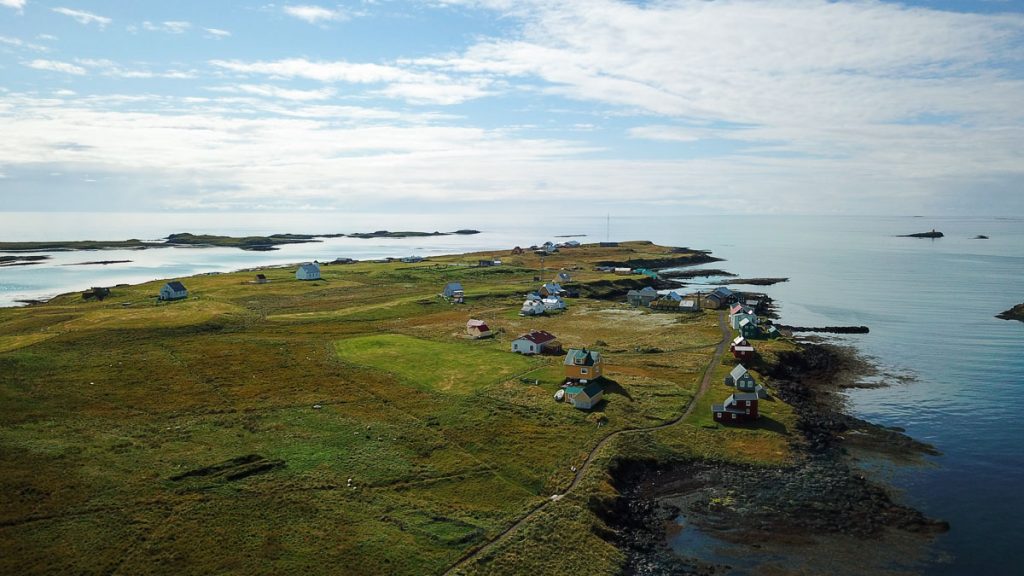
Carbon Reduction or Carbon Removal: Where should you spend your money?
So which kind is best? Well, it depends who you ask. Here’s what I’ve learned:
All the offsets Atmosfair invests in are about reduction (avoiding new carbon emissions). As they say rather dryly in their FAQ:
“The principle of saving emissions caused somewhere else underlies the economic insight that it is less expensive to avoid damage than to repair it.”
Okay, that definitely lines up with my offsets/recycling analogy. It makes more sense to reduce emissions than try to make up for them after they happen. (And it makes more sense to use less plastic than just try to recycle it.)
Turn off the tap before we start bailing out the overflowing bathtub, as they say.
But at ecollective, Charlie takes the opposite approach. He says that, “Carbon removal is better than carbon avoidance.” (And the University of Oxford agrees.)
One of the reasons is that carbon removal is easier to track and prove. When an offset pays for a clean cookstove, so that someone can stop cooking over an open wood flame (carbon avoidance), it’s hard to know that the family using the cookstove won’t still burn the logs for something else, for example.
As Charlie put it, “There’s an element of theory behind it, but the reality is very different.”
As for building renewable energy plants (another common type of carbon avoidance offset), Charlie’s argument is that we’ve already reached peak fossil fuel for producing electricity. (There aren’t many places building new coal power plants in 2023.) And a lot more funding is going into renewable energy projects now (versus a few years ago). So they would likely be built anyway, without money from offsets.
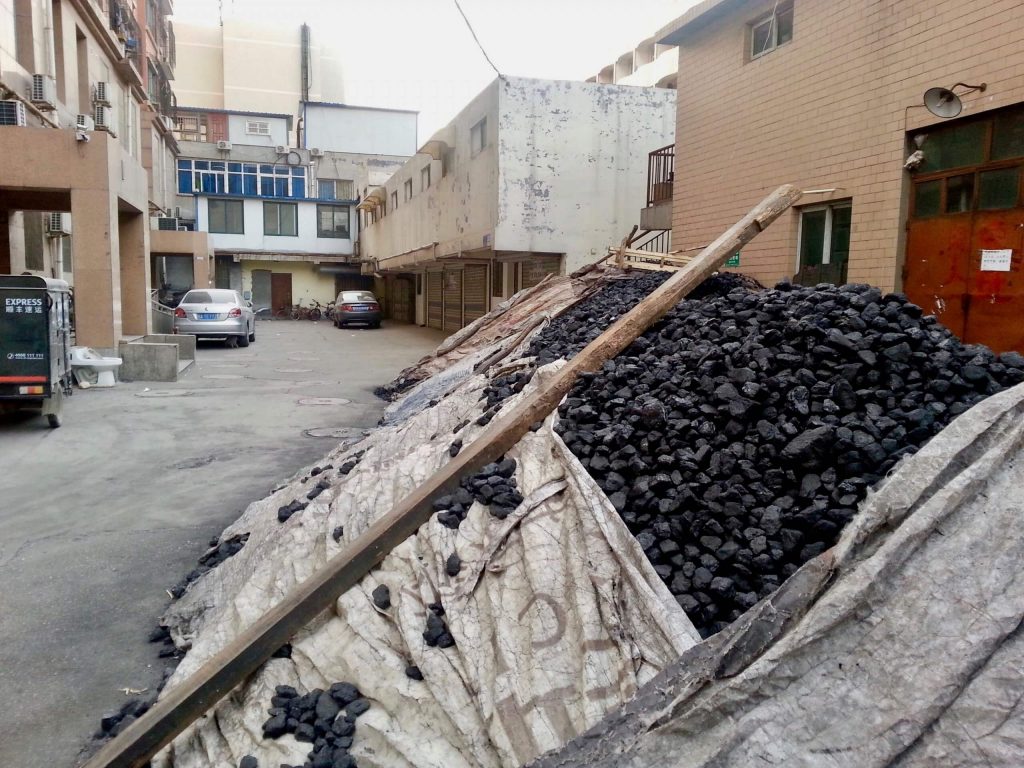
(This is what’s called “additionality.” Is the offset money used to fund something that’s additional to what would happen anyway? Would the forest we’re paying to protect be protected anyway, without the offset? Would the solar farm be built anyway? If the answer is yes, it shouldn’t really count as an offset.)
What to Look for Before Buying Offsets
No matter what kind of offset you buy – carbon reduction or carbon removal – the most basic thing to check for is whether they’re third-party verified.
Verified Offsets
Verification means someone is actually checking that the offset project is real, permanent, and only being counted once. (The trees have actually been planted, for example, and aren’t being chopped down.)
There are four main “public registries” that verify carbon offsets: Gold Standard, Verra, Climate Action Reserve, or American Carbon Registry.
Social & Economic “Co-Benefits”
Dr. Etti, from Intrepid Travel, recommends buying offsets through Gold Standard, because they’re one of the best at making sure their offset projects consider “co-benefits.”
You can think of co-benefits as everything else besides the carbon reduction that happens when offset money is spent. The benefits could be about employment, biodiversity, preserving languages, or other useful social, cultural, environmental or economic “side effects” of the offsets.
(For example: Clean cookstoves improve the health of people who had been cooking over smokey wood stoves. Even if they still burn the log for something else, that co-benefit is a good thing.)
“Suddenly it’s not just about an exchange or a trade,” Dr. Etti says, “and without the project, all these co-benefits wouldn’t happen.”
She says co-benefits should happen with all carbon offsets, “but we’ve found Gold Standard seems to be the best at including these.”
The Best Ways to Buy Travel Carbon Offsets
Three of the carbon calculators in my last post are also offset brokers. (They offer to sell you offsets after calculating your emissions. Those are Atmosfair, Sustainable Travel International, and Offset Alliance.)
All of them invest your donation in their own portfolios of verified projects – you don’t actually pick the specific projects.
So if you want to keep things simple – by calculating and offsetting on a single website – then Atmosfair is my recommendation. It sells Gold Standard verified offsets.
Or, if you want to do it yourself, you can choose the projects you support by donating directly to Gold Standard (the option that Dr. Etti recommends).
If not carbon offsets, then what?
Are carbon offsets good? Well, as Charlie told me, “It’s all better than nothing.”
Sure, there are bad examples. No, the entire concept is not a scam. But if you don’t like it, do something else. In Charlie’s words:
“Invest in something you feel comfortable with and believe in. I really hate the idea of people buying offsets, and then grumbling, saying ‘I don’t even know if it’s real.’“
There are lots of ways to spend our money to fight climate change, and to adapt to the change that can’t be stopped.
Here’s the big picture, in Dr. Etti’s words:
“We’re already living the climate crisis now. When we look at the temperature increase in the last 50 years, together with biodiversity loss, this is not something to consider for the next 10 years. We’re right in it.”
So what do we do?
“It’s about looking at solutions and how we can actually replace the fossil fuels AND remove carbon from the atmosphere.” That means we need to focus on “carbon sinks, protecting forests, capturing more carbon, and innovations like Sustainable Aviation Fuel.”
Alternatives to carbon offsetting:
Dr. Andy Dosmann, the natural sciences professor, recommends putting your money directly toward systems change and clean technology, instead of buying offsets. And I have to say, I like his approach.
For example, he donates to the Clean Air Task Force, which focuses on decarbonizing our energy systems, infrastructure, and more.
Tomorrow’s Air is another good option (here’s my article about why I like Tomorrow’s Air). They help travelers support permanent carbon removal projects. (Like what Dr. Etti said is so important.)
Each $100 you donate funds the removal of 70 kg of CO2. (Or you can donate as little as $20, and membership comes with discounts and perks from sustainable travel companies they work with.)
On Atmosfair, the cost of carbon offsetting my round-trip flight to Europe (2,767 kg of carbon dioxide) was $65. (And when you buy an offset through Atmosfair, it gives you the option to add a donation to support Sustainable Aviation Fuel research – another project on Dr. Etti’s priority list.)
Why are those prices so different? Of course, you can chalk it up to the carbon capture technology that Tomorrow’s Air uses being new and expensive. But you can see what I mean about the problem of what value to put on offsets. (And spending more money on cheaper offsets doesn’t necessarily mean you’re doing more good.)
Again, this is why our focus needs to be on reducing emissions, first and foremost. Secondly, yes, we should contribute what we can to funding solutions. But we can’t get fixated on the exact value, in terms of carbon, of our donations. Those numbers are just estimates.
Instead, I recommend just using the dollar figures from Atmosfair (or the other calculators) as guidelines and encouragement to support climate action – not rules.
Another option Andy suggests is donating to organizations that help climate refugees and others who are already suffering the most from the effects of climate change. The organization called, simply, Climate Refugees is a good place to send your money.
The UN estimates there are already 20 million climate refugees every year. (People who have to abandon their homes and move to a new place because of climate change.)
Finally, donating to local NGOs in your area is a great way to focus your action on change you can actually see happening. Look for local tree planting programs (following the best practices above), forest conservation, environmental restoration, and other projects capturing more carbon.
Questions? Leave them below in the comments. If you found this article useful, please give it a share on social media! That’s a huge help to spread awareness and increase climate action.


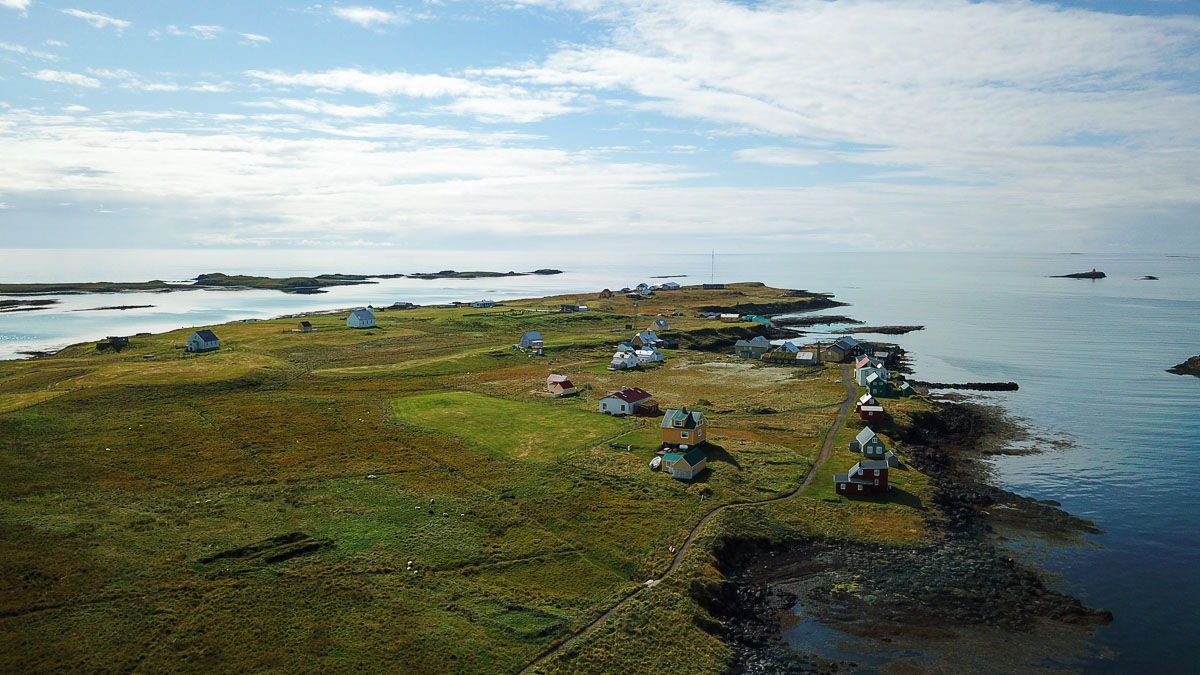
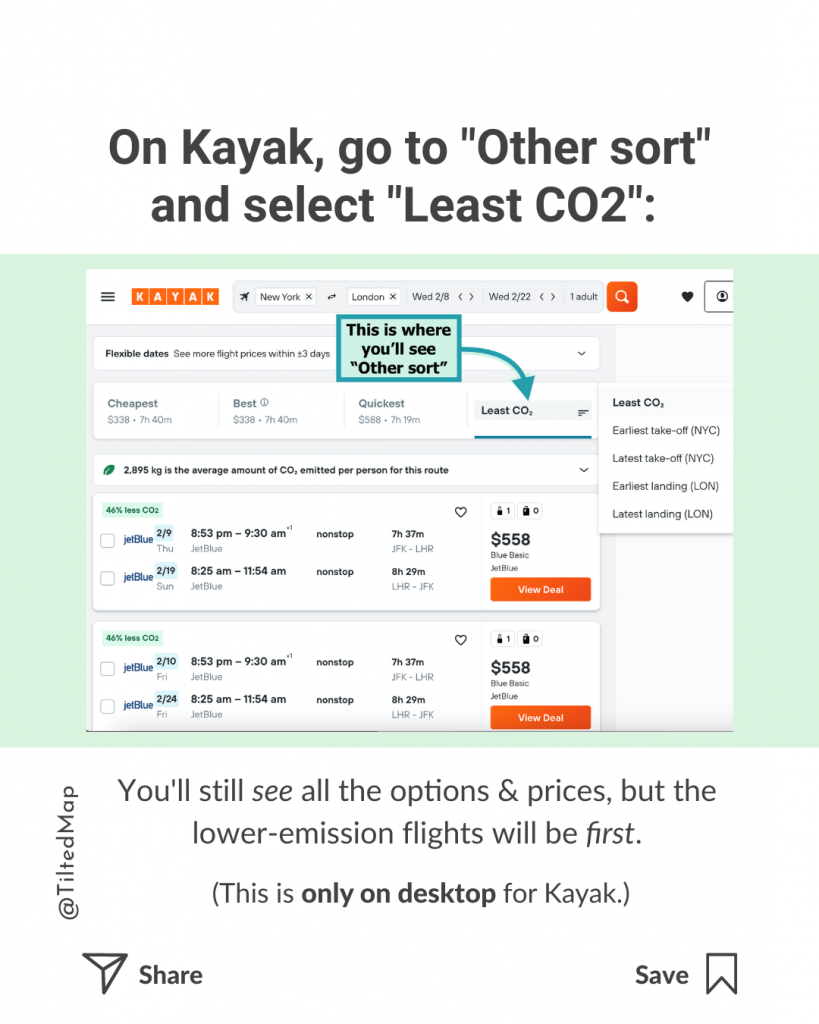
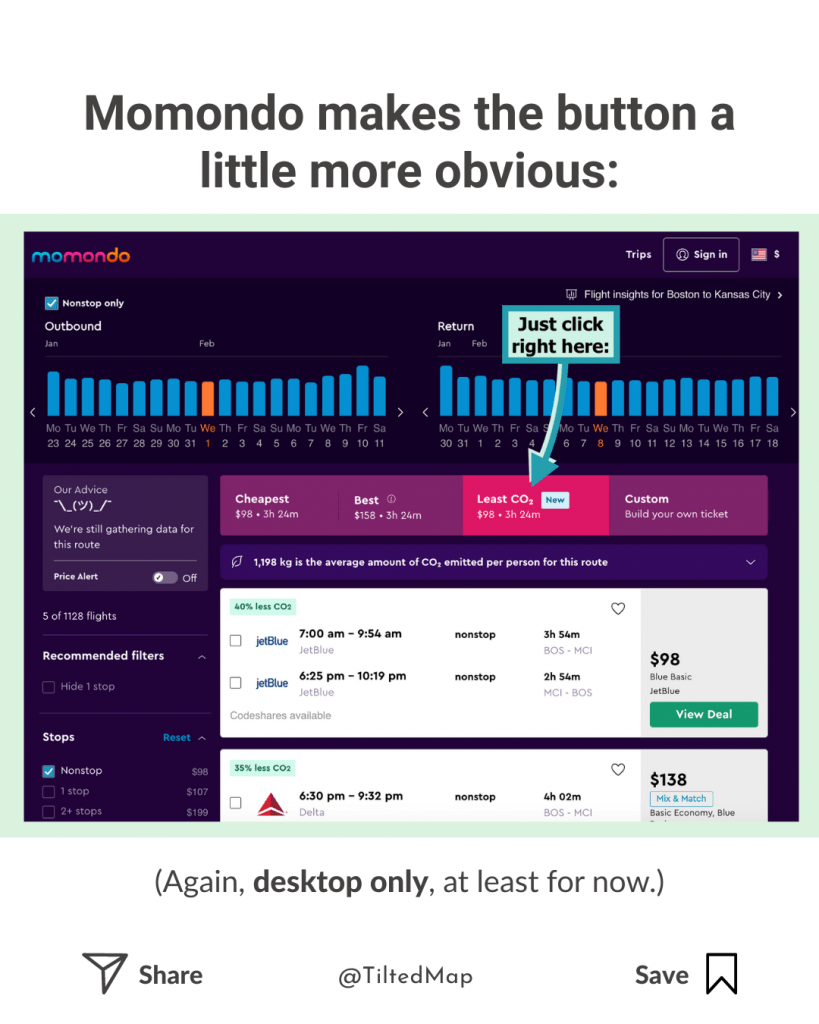
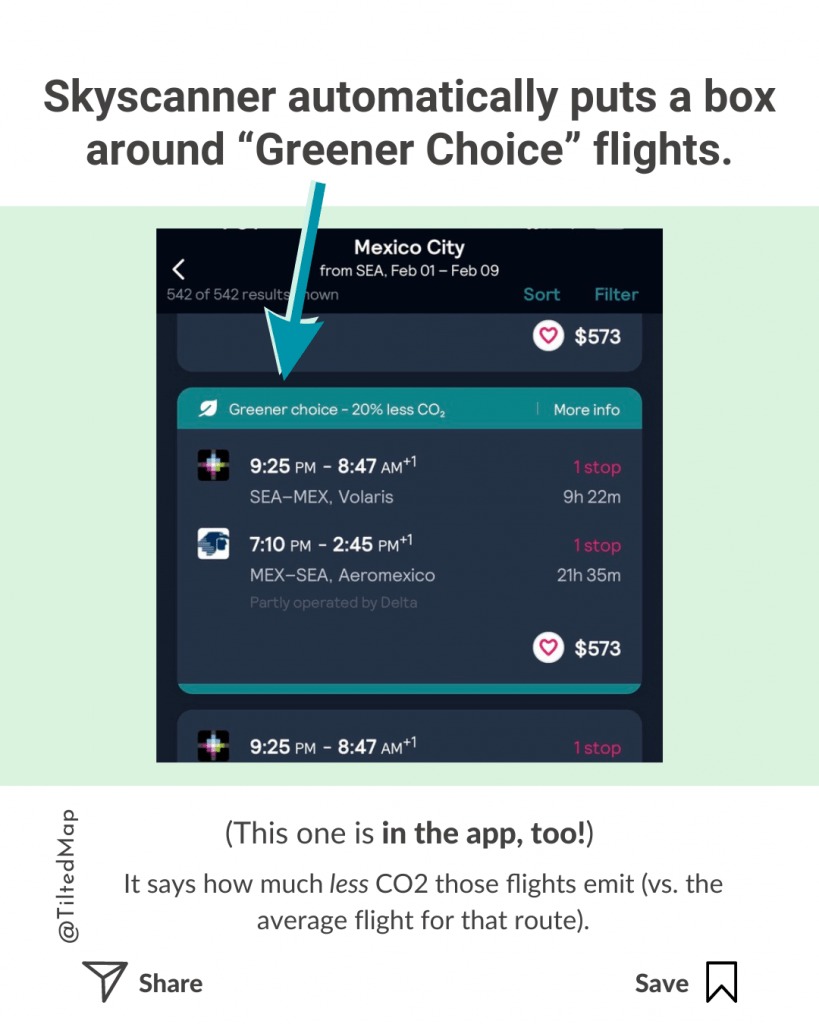
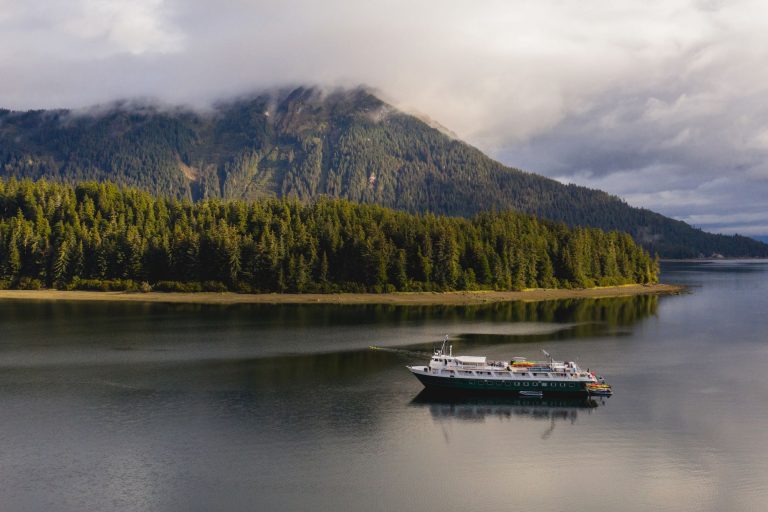





Your article is quite useful and feels like a dialog partner to me for a topic I find so very very challenging. Thanks very much for writing it.
Hi Peter,
That’s absolutely my goal, so it’s really lovely to read that feedback. Thank you for letting me know!
– Ketti
This is an insightful and well-researched post that offers a clear, balanced perspective on the challenges of carbon offsets in travel. It’s a perfect resource for anyone looking to navigate these complex sustainability issues.